One of the most important and, sadly, most overlooked survival essentials in any kind of situation is communications. Don’t get me wrong, it’s great to plan to keep yourself and your loved ones alive, but what you really need to do is reach out to people who can help you one way or another.
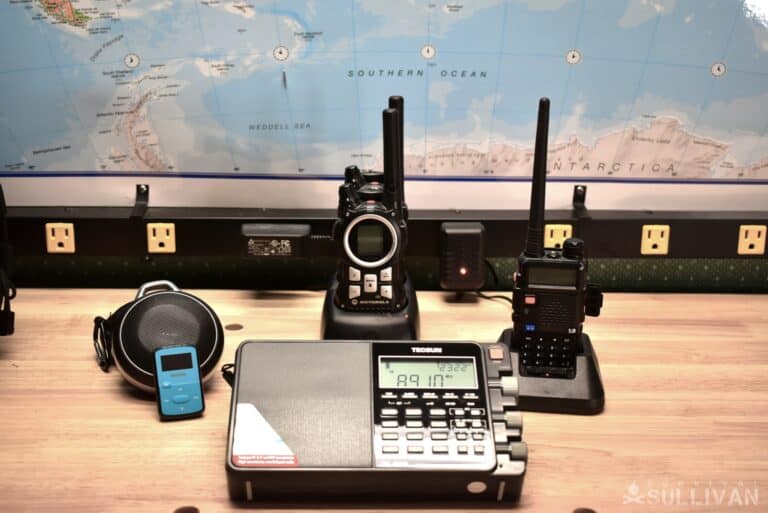
That help might be rescue, information, guidance, or just checking to see how bad things are in the next town over. Information is power, and the farther and quicker you can reach out to collect it or convey it, the better off you’ll be.
The trick, of course, is maintaining communications when the grid goes down. A loss of power and destruction of infrastructure will probably take our phones and much of the internet offline.
Luckily, you don’t have to depend on that. I’ll tell you about these tried and true grid-down alternative methods for communication below.
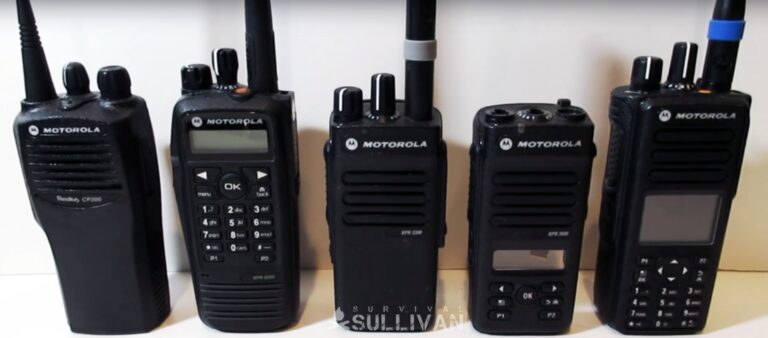
Walkie Talkies
You’ve seen these before. Sold at basically every outdoor store, department store, and truck stop in the nation, these simple, basic handheld radios are a little better than toys compared to some other options on our list, but they’ve got some utility.
If you just need it to keep in touch with friends or family that are down the street, around the corner, or at a distant part of a larger property, these can work just fine, but any sort of obstacles or atmospheric interference will render them useless easily.
Very cheap, but you get what you pay for. You’ll need plenty of batteries for them regardless, so stock up.
CB Radio
One of the best and most versatile options for grid-down communications is a CB radio, especially one installed in your vehicle that can make use of the onboard battery.
Unlike other kinds of radio on our list, CB radio doesn’t require a license and is pretty straightforward to pick up and use. It only has a few channels, and in areas with large populations, the airwaves get uselessly clogged, but it’s still a great option especially if you plan on bugging out in your car or truck.
The biggest downside is the limited range, typically under 5 miles even in good conditions with a decent antenna.
FRS/GMRS Radio
Family Radio Service and General Mobile Radio Service systems are a step up from CB and can offer slightly more range and capability.
FRS radios don’t require a licensing as long as you follow all rules and regulations for its use, but GMRS radios, which are the better of the two, do require an FCC license – though it is much quicker and easier to get compared to a ham radio license.
If you have a larger property, want better communications around your neighborhood or block, or are traveling in a vehicle and want to keep in touch with multiple folks in a convoy, both are good options and affordable for the performance that they offer.
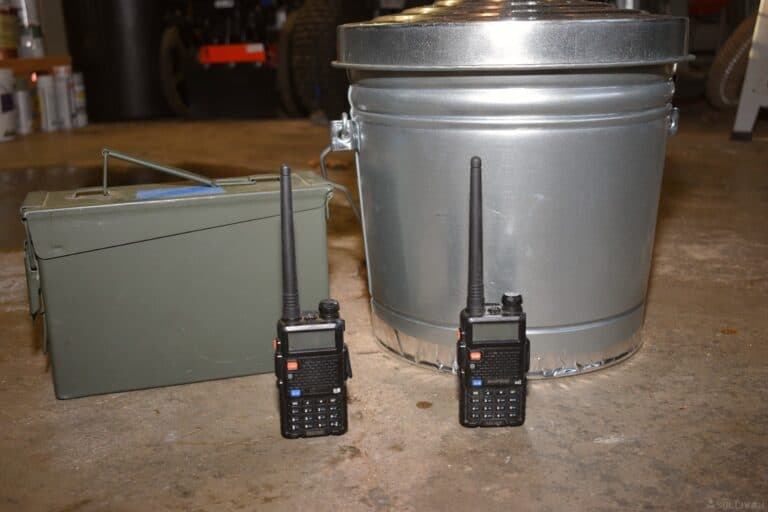
Ham Radio
Ham radio, or amateur radio, is probably the single best all-around off-grid communications method you can invest in. It offers the most capability without any dependence on technological infrastructure besides another radio set to receive and communicate back to you.
Available in multiple formats, including handheld, vehicular, and base station, ranges can be extraordinary as long as you’ve got the know-how.
With the right setup, you can reach out across the county, state, nation, or even the world! The trick is you’ll need to get licensed, and you really have to know what you are doing to pass those tests.
Leveling up your license to General or Extra class will give you access to more powerful sets and more frequencies to use legally.
Satellite Phone
For straightforward communications capability, nothing beats a satellite phone, and chances are whatever is affecting you on the ground won’t touch those satellites floating safely up in orbit.
Satellite phones broadly work like normal telephones, and as long as someone can receive a call and you have a current subscription with your device, you can reach out as long as your handset can make contact with the satellites.
The downside of these devices is that they tend to be quite expensive, require a subscription as mentioned, and simply are not as versatile as radio.
Satellite Messenger
Think of a satellite messenger as sort of a satellite-based pager and text messenger. They use the same sort of infrastructure that satellite phones use to send text and simple data messages to other receiving units, and sometimes apps that can interact with other devices.
These likewise require a subscription in order to function. If you don’t want to spend a pretty penny on a satellite phone, this can be a good intermediate choice. Obviously, these are not as quick or efficient to use compared to something that is voice-based, but whether or not that’s a good trade-off is really up to you and your preferences.
Field Phone
An oldie, but a goodie. The military and other organizations have used and still do today, in circumstances, rely on field phones, literally telephone sets that are connected by hand-laid wire.
Relatively easy to connect and surprisingly robust, this is a wonderful way to connect multiple homes on a compound, a base station with a distant outpost or checkpoint, and other similar setups. These have a big advantage because they are difficult to eavesdrop on compared to radio.
The downside is that the technology is pretty old-fashioned today, and you might have to do some scrounging to come up with the components to assemble your own when the time comes.
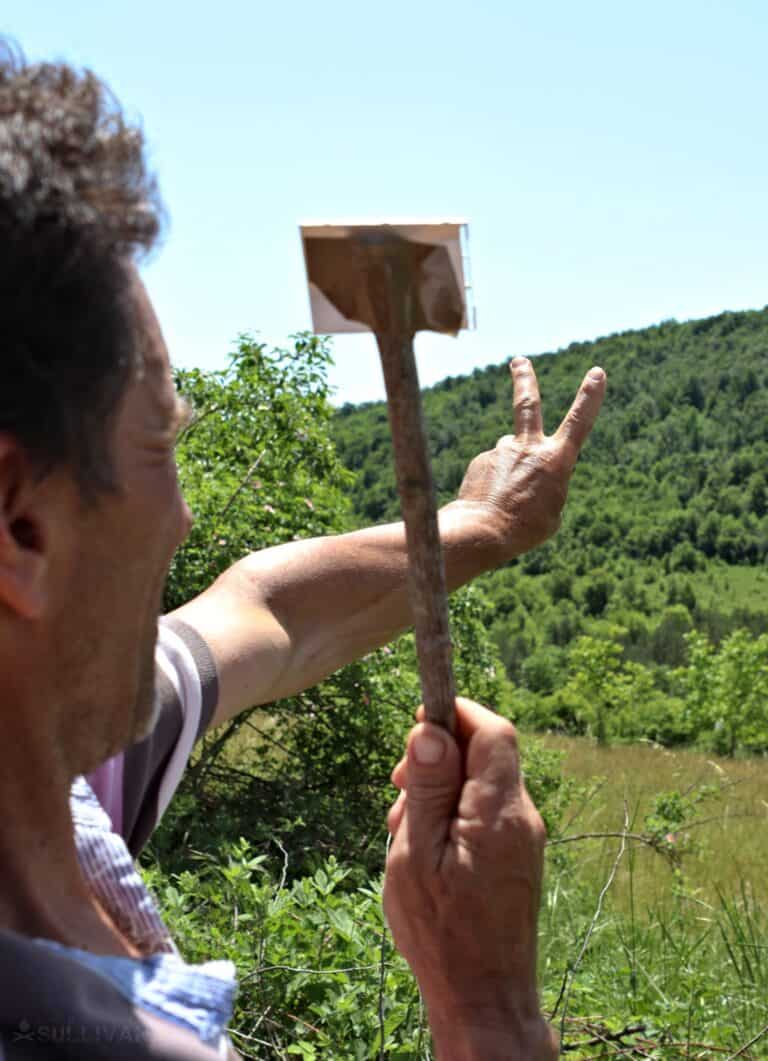
Signal Mirror
Every prepper worth the name is familiar with this piece of kit. Ostensibly used to signal to rescue planes and helicopters, or people on foot that are far away, you can use signal mirrors for basic communications with anyone as long as the sun is out.
Using simple signals, prearranged codes, Morse code, and other methods, this works wonderfully as a hasty option or if you have long sight lines where you live. If you live in the middle of the Great Plains or on a ridgeline or mountaintop, this is definitely something you’ll want to keep in your bug out bag or EDC kit.
Flares
Sometimes communication only needs to be one way. One of the single most visible methods of signaling is pyrotechnic flares.
Whether they are fired from a launcher or lit in hand and then placed on a surface or holder, these things can be seen for over a mile even in bad conditions.
Again, like using a signal mirror, if you aren’t just trying to attract attention to yourself from anyone out there, it’s best to coordinate pre-arranged signals with friends, family, and members of your group.
Panel Markers
Another simple signal and one that all preppers should make use of, a brightly colored blanket, tarp, car cover, or anything similar that can be laid flat on the ground to signal to aerial vehicles, held up, or hung up on a pole or other surfaces.
Works wonderfully for drawing attention to yourself or communicating pre-arranged signals with other people who might be looking for it.
Morse Code
You know what it is even if you don’t know how to use it. Morse code is one of the oldest and best alphabets of its type and can be employed with various other technologies, both auditory and visual.
You can use Morse code to communicate over radio, or use it with a flashlight or even lights in your home to blink out messages.
If you are stuck or trapped somewhere, you can use Morse code as an auditory signal by banging on something.
The sky’s the limit, and though it is taking a backseat in emergency communications these days, it’s still well worth your time to learn if anyone else in your group knows it too.
Semaphore
Also known as flag code, this interesting method relies on two handheld flags with the arms being held at different positions to indicate letters and numbers, almost like the hands of a clock.
Long used to communicate by ships at sea, this is another decent option if long sight lines are possible but conditions or intervening terrain make getting closer risky or impossible.
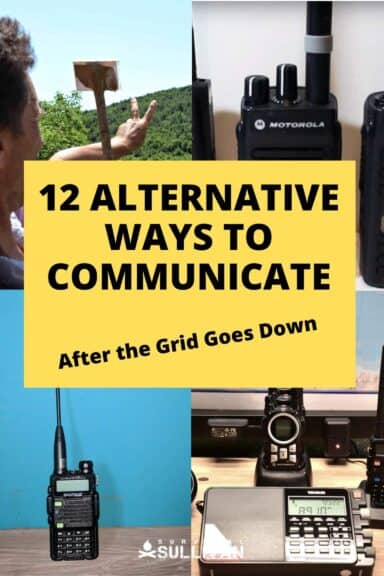

Tom Marlowe practically grew up with a gun in his hand, and has held all kinds of jobs in the gun industry: range safety, sales, instruction and consulting, Tom has the experience to help civilian shooters figure out what will work best for them.
